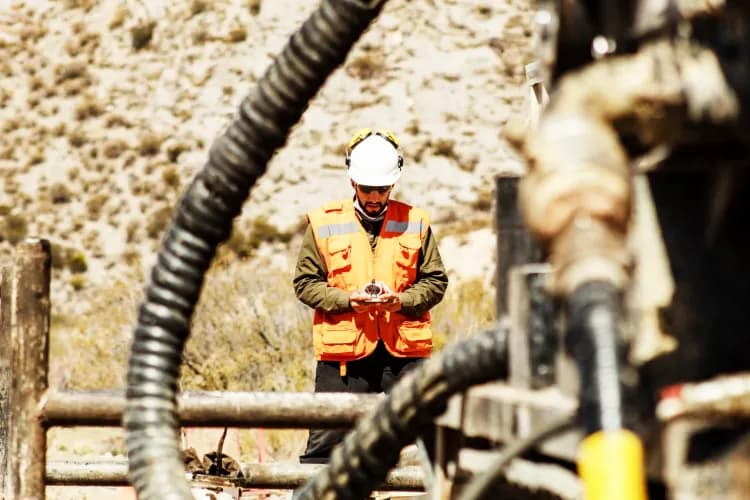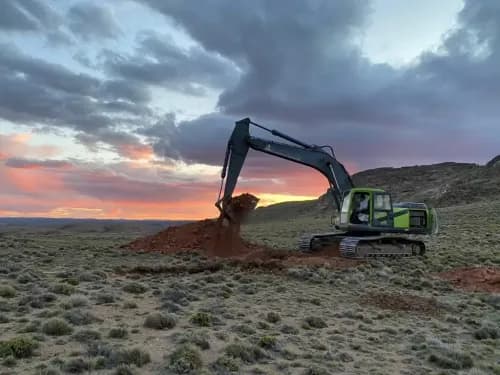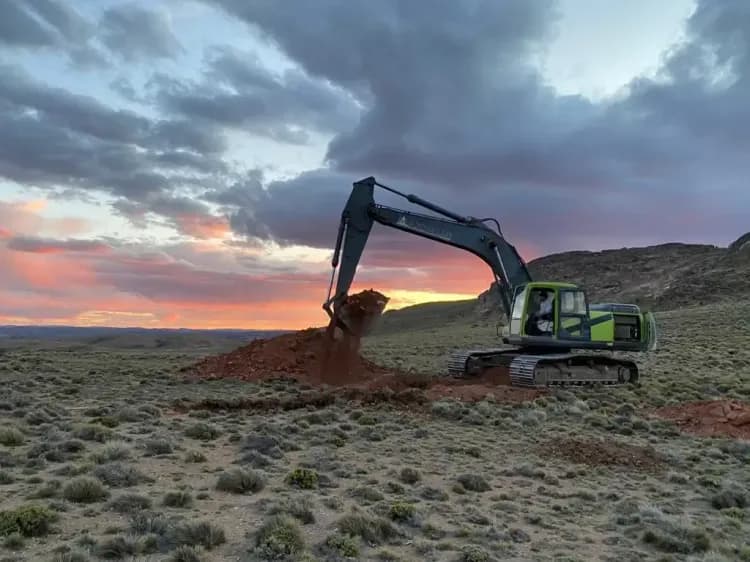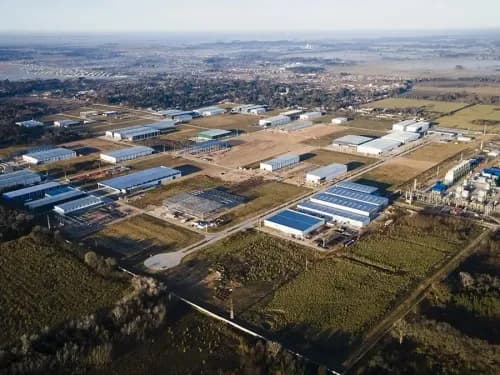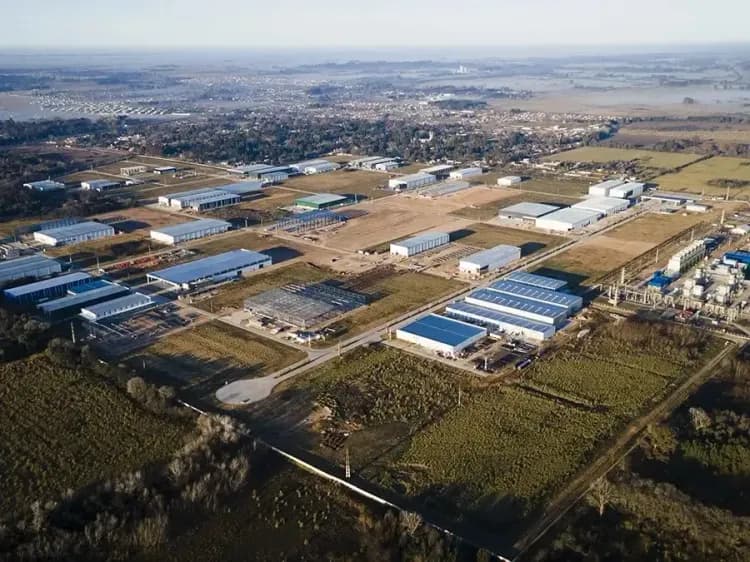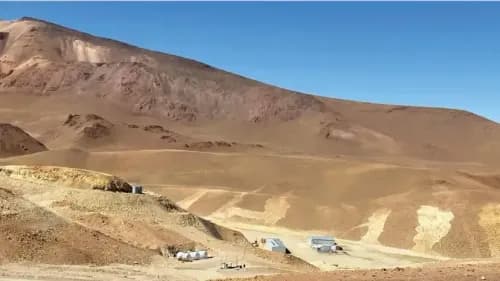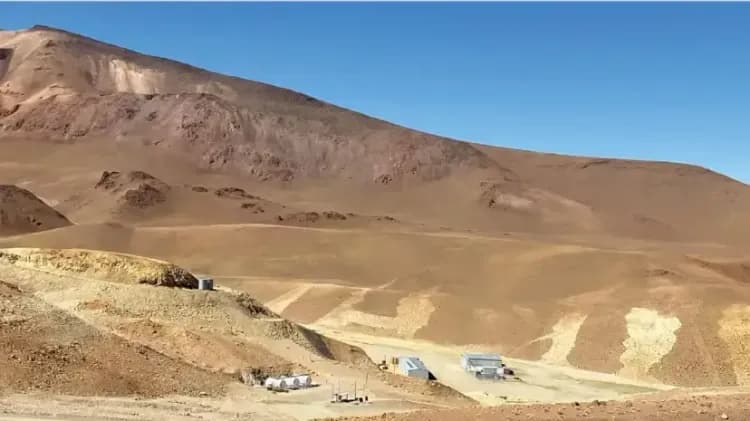The multinational BHP sent a clear message from the World Copper Conference 2025: it is ready to move forward with an ambitious expansion plan in Chile, but warns that the country must act with "a sense of urgency" if it wants to remain competitive against other investment destinations.
By Panorama Minero
Alejandro Tapia, President of Escondida for BHP, was in charge of presenting the company's vision during the event organized by CRU in Santiago and attended by Panorama Minero. “We have the projects, the talent, and the financial capacity to move forward. But the speed of permitting processes will be decisive,” he told an audience of global mining industry leaders.
This is no minor detail. According to projections discussed at the same forum, global copper demand is expected to grow by nearly 70% by 2050, driven by the energy transition, electrification of the economy, and technological expansion. In this scenario, BHP aims to strengthen its leadership in the copper segment through a $13 billion investment package across its three main operations in Chile: Escondida, Spence, and Cerro Colorado.

An Ambitious Roadmap
BHP’s operations in Chile currently represent 27% of the country’s copper production and constitute one of the main fiscal pillars of the national economy. In fiscal year 2024 alone, its assets generated $9.4 billion in direct and indirect contributions, equivalent to 3% of Chile’s GDP, according to figures presented by Tapia.
The announced growth plan includes:
● Escondida: $10.8 billion, with an initial optimization project at the Laguna Seca concentrator plant ($2.3 billion). The company has already begun the Environmental Impact Declaration (DIA) process and says it is ready to start execution in 2025 if permits are granted.
● Spence: $1.3 billion aimed at extending the life of the deposit until 2039. The Environmental Impact Study (EIA) was submitted in February.
● Cerro Colorado: BHP is actively evaluating a reopening starting in 2028, with an estimated investment of $1.3 billion that would allow operations to continue for at least another 20 years.
“This is an unprecedented growth plan, built on our operational excellence and our commitment to the highest environmental standards,” Tapia emphasized. “These investments will not only benefit the company but also the country, its people, and the regions where we operate.”
Risk of Missed Opportunities
BHP’s warning is not isolated. Throughout the event, several industry players pointed out that prolonged regulatory processes are weakening Chile’s ability to attract mining investments—especially as other countries are adapting their legal frameworks to attract capital into strategic sectors such as copper and lithium.
“Capital competition will be fierce this decade. It’s not enough to have the resources; conditions must be secured to develop them in time,” Tapia warned.
At the same time, the message also resonates in other countries in the region, such as Argentina, where regulatory challenges and the need for legal certainty are equally critical for advancing large-scale mining projects.
A Signal to the Markets
BHP’s presentation in Santiago not only reaffirmed its long-term commitment to Chile but also served as a signal to the market: the company is prepared to mobilize capital immediately if the necessary conditions are met.
In times of energy transition and geopolitical disruption, copper is reaffirmed as a strategic asset for the next 30 years. For producers, the window of opportunity is open. The question, as BHP clearly stated, is whether host countries will be able to act with the speed that the market demands.


